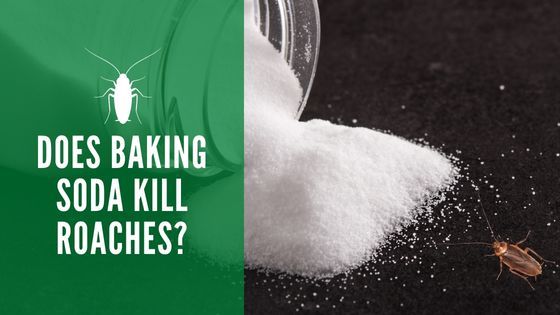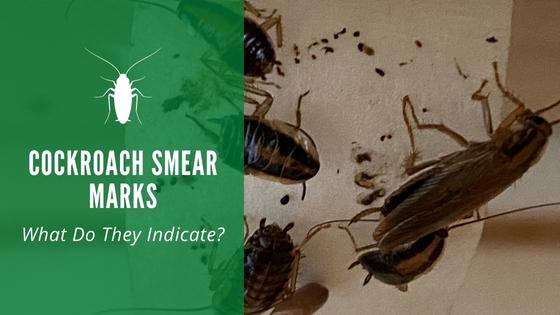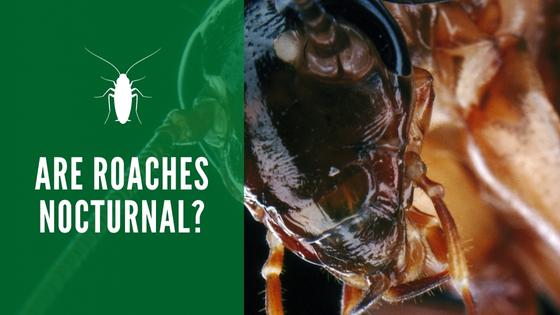Roaches in Kitchen
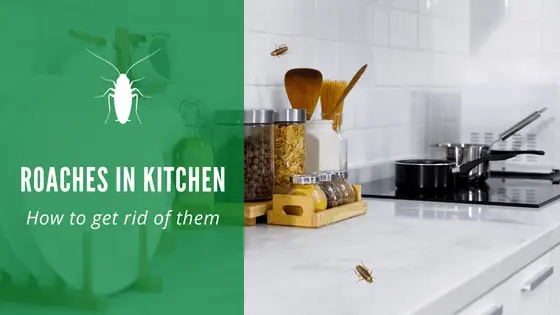
Cockroaches are one of the most hated and most common pests in American homes. In fact, a 2019 American Housing Survey found that 2.9 million people saw rodents and roaches in their homes. Unfortunately, the kitchen is one of the most common areas you might find cockroaches. Fortunately, there are several steps you can take to prevent cockroach infestations in your kitchen and keep your food safe from these common pests.
What is a Cockroach?
A cockroach is a type of insect that belongs to the Blattodea family. These insects are around 1.5 inches in length and can vary in color from light brown or beige to dark brown or espresso.
Cockroaches are well known for their large antennas, hard-shelled oval flat bodies, and large size. Most cockroaches will exceed 1 inch in length as adults, leading to an unsightly infestation in homes.
There are well over 4,500 species of cockroaches around the world. However, only around 30 species are common in American households. The most common types of cockroach species you might find lingering in your kitchen, bathroom, basements, cellars, or damp areas include:
- German cockroach (Blattella germanica)
- American cockroach (Periplaneta americana)
- Australian cockroach (Periplaneta australiasea)
- Oriental cockroach (Blatta orientalis)
In addition, there are also new species of cockroaches spotted in America, including the Japanese and Turkestan cockroaches.
Which Cockroaches are Common in Kitchens?
While some cockroaches, such as the brown-banded cockroach, can be found anywhere in your home, by far the most common cockroach you’ll find in the kitchen is the German cockroach.
The German cockroach is smaller than other roaches, measuring around 3/4 of an inch. However, they are incredibly well-adapted and successful pests, making them difficult to kill. You can identify them by two banded stripes behind their head.
Signs of Cockroach Infestation in Kitchen
Many of these cockroach species can infest your kitchen. Some cockroaches are good at hiding in cabinets, shelves, and underneath sinks making it difficult for homeowners to spot them.
Besides seeing a cockroach in your kitchen, there are several signs that you have a cockroach infestation in your kitchen.
Signs of a cockroach infestation include:
- Cockroach droppings, which resemble specks of black pepper around 1 mm in length
- Cockroach eggs, which resemble the shape of a pillow and commonly have striped bands around them
- Smears on your walls or kitchen cabinets, left behind by cockroaches
- Marks on food, such as chewed-up packaging
- Remnants of shed skin, typical when nymphs become adults or after they hatch from egg pouches
What Causes Cockroaches in the Kitchen?
There are several reasons why your home might be suffering from a cockroach infestation. Below are some of the many causes of a cockroach infestation in the kitchen.
Food
Most cockroaches in the kitchen are attracted to food. If your kitchen is particularly dirty, such as having dirty dishes, piled garbage, or rotting food in the fridge or pantry, cockroaches will be attracted to this food.
Cockroaches might sneak into the kitchen through food or other packaging materials. For instance, if you buy food wholesale and it comes in pallets or cardboard, these materials can inadvertently transport cockroaches into your home.
Moisture
Cockroaches are attracted to humid and moist environments. This makes dirty drain pipes one of the main avenues for cockroaches to enter your kitchen.
Even if you have a tidy kitchen, cockroaches can climb up the drain pipe and into your sink.
Outside Environment
If your kitchen has open windows, or if there are any cracks in the kitchen’s walls or windows, a cockroach might use this as an entry to enter your home.
If you have garbage cans outside your kitchen window, keep in mind that roaches might also be able to climb up the wall outside your building and enter your kitchen through open windows.
Infestation From Neighboring Residence
While you might attempt to keep your kitchen free and ensure no cockroaches enter your home, this might not hold for your neighbors. Dirty neighbors with unsanitary living conditions might be responsible for bringing cockroaches into your home.
Cockroaches can move from one area of a drain line to your home if you share plumbing with your neighbor. Neighbors might also leave trash and recycle furniture which carries cockroaches, leading to an infection in your home.
Why do Cockroaches Appear in Kitchens at Night?
Cockroaches, like many insects, are nocturnal creatures. Cockroaches have a special circadian rhythm that allows them to be active at nighttime. This means you might not see them actively in your kitchen during the daytime, making it difficult to spot the signs of an infestation.
However, if you see a cockroach during the daytime, this could indicate a serious infestation. Similarly, most cockroaches prefer to stick to moist and humid conditions, dark areas, or areas where they can feed.
If you spot cockroaches in areas such as the living room or bedroom during the day, this could indicate a heavy infestation.
How to Avoid Cockroaches in Kitchen Cabinets
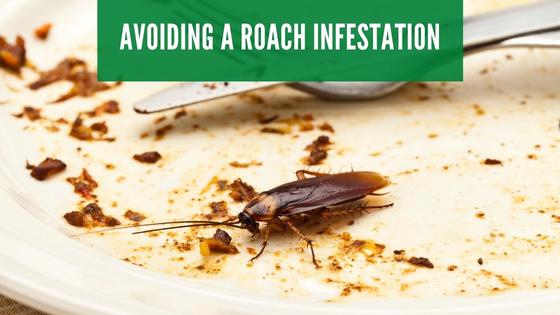
The best thing to avoid cockroaches in your kitchen cabinets is to keep in mind all the ways cockroaches might infest your home. Some tips to help keep your kitchen cabinets clear of cockroaches include:
- Organize your dishes appropriately, so it’s easy to conduct weekly cleanings. Remove any food, debris, and trash from your cabinets.
- Avoid storing open food in cabinets. Food that might attract cockroaches includes open candy snacks, sugar cubes, and leftovers.
- Throw out the garbage once your bag is full, and make sure not to let any food rot.
- Seal up any crevices in your kitchen cabinets, which could serve as entryways for cockroaches.
- Inspect your cabinets frequently for signs of cockroach eggs, nymphs, and adults. You should also inspect for streaks and droppings and call an exterminator immediately for help. New evidence also suggests that cockroaches are attracted to each other’s feces.
Are Cockroaches Dangerous?
There is evidence that suggests cockroach droppings can spread bacteria and allergens. Bacteria found in cockroach droppings are responsible for food poisoning in humans.
In addition, allergens caused by cockroach droppings can also make allergy and asthma symptoms worse. Therefore, it’s best to get rid of cockroaches as soon as possible.
Getting Rid of Roaches in Your Kitchen
If you notice roaches in your kitchen, there are several steps you can take, including:
- Call an exterminator. An exterminator is perhaps the best resource to help eliminate cockroaches and other pests lingering in your home. An exterminator can also advise you on preventing future infestations in your home or areas. Click here to find locally licensed exterminator.
- Set bait traps. Unfortunately, many cockroaches are immune to certain insecticides. Therefore, it’s best to set bait traps, which feed poison directly to cockroaches. Cockroaches then take this poisonous bait and feed it to other colony members, effectively killing the rest of the roaches in your home.
- There are also a number of natural baits that you can make at home using borax, boric acid or diatomaceous earth.
- Continue to practice good hygiene and cleaning. After you’ve gotten rid of cockroaches, the best thing to do is to change your kitchen cleaning habits to reduce the likelihood of another infestation.

